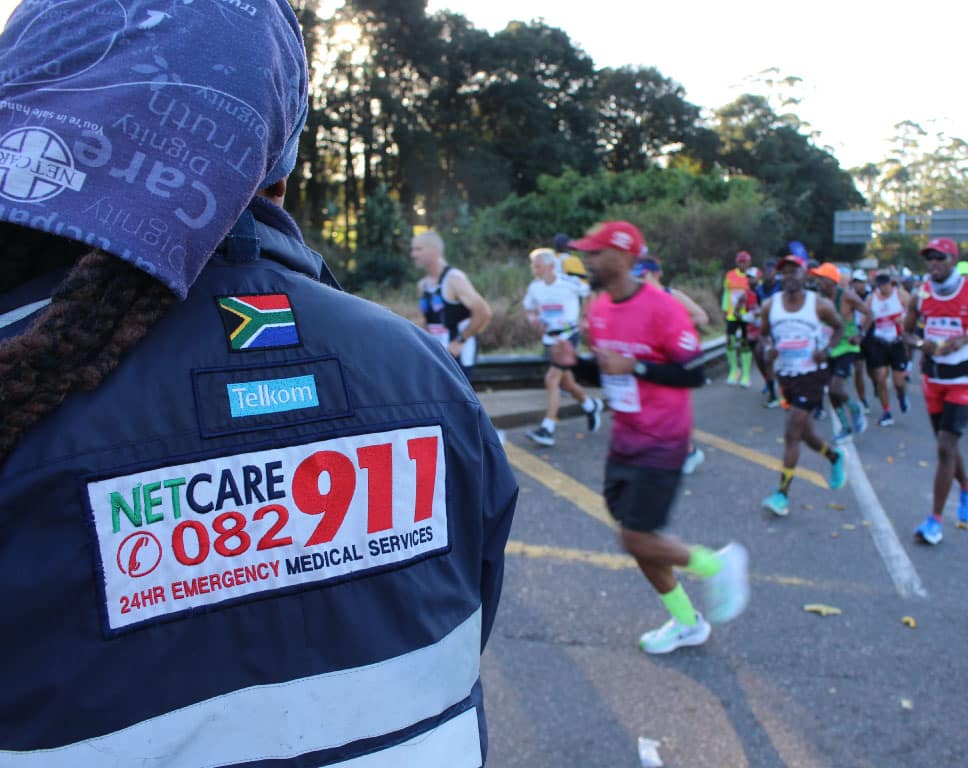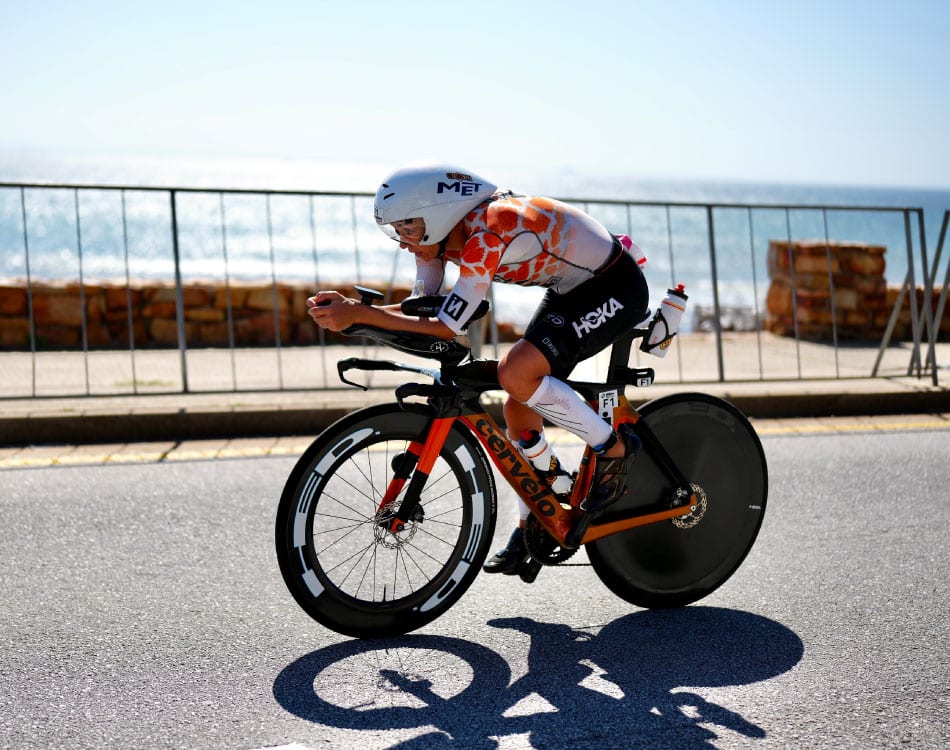By Dr Ross Tucker, exercise physiologist & adidas running consultant
The taper is the subject of many jokes among runners who are not prepared for a race. A common conversation in this regard goes: “How’s training gone this year?”. “Not bad, I’ve been tapering for the last six months!” Cue nervous laughter…
While most runners know what the taper is, many don’t do it, or they do it poorly. A good taper can make enough difference that a frustrating race becomes a personal best, and vice-versa, so it’s definitely worth breaking down what you’re trying to achieve with the taper, and how to do it.
The tapering principle
The principle of the taper is simple – training is a stress, and stress makes us worse off. Until it makes us better, that is. Physiology is an amazing thing. What happens is that the ‘stress’ of training causes adaptations that ultimately improve our fitness. We get stronger, fitter and more capable of running, say, 56km in six hours!
But the problem with this model is that you only adapt to stress if you:
- Apply it in the right amounts, and
- Give your body the chance to recover from it.
Those two factors are the reason we try to hold back the over-ambitious runner who tends to go hard every single time they run. They’re also why we progressively increase the long runs and don’t just launch straight into marathons when we start training.
And, most importantly, they’re the reason we plan training programmes to have easy days among the harder ones. If you did a long run on a Sunday, you don’t do a hill session on Monday, a track session on Tuesday and a club time-trial on Wednesday. You take a day off, or you have two very easy runs so that you recover. As your body regenerates, it adapts to the long run and you see and feel this as improved fitness.
https://www.instagram.com/p/BlW_iaOFbdT/
Mastering the taper
Which brings us to the taper. The taper is an extended recovery and regeneration period that follows a long period of harder training. Assuming you’ve been disciplined and have trained well for the 2019 Two Oceans Ultra Marathon or Half Marathon, you’ve probably been at it for four or five months. And yes, you’ll have had weeks of easier running in that period, but generally, you’ve been challenging your body every week for a long time.
The point of the taper is to withdraw the large training stress for a short time and instead replace it with some higher intensity training so that you ‘sharpen’ up. In practical terms, if you ran 70km a week, you now reduce your mileage as follows:
- Taper week 1: 50km
- Taper week 2: 30km
- Taper week 3: 30km
That reduction in volume should leave you feeling “edgy”, sharp and raring to go. If you get it right and include a bit more training at race pace or faster in those reduced-volume weeks, then you should line up on race day feeling light, fast and ‘tuned’ like a race car ready to perform.
The practice
The key is to manage the volume and intensity balance. One mistake runners might make is to cut the training volume too much. Maybe they go from running 70-80km a week to running 30km for two weeks. That would cause some detraining – they’ll actually lose fitness over those weeks.
The same can happen if the taper is too long – if you cut volume for four weeks, instead of two. This mistake will cost you much of the hard-earned gains from the previous four months.
So you’re on a delicate tightrope and knowing how to walk it depends a lot on what you’ve done before. Generally, the more you’ve trained in the months before, the more ‘robust’ your fitness will be when you taper off.
In other words, if you’ve earned a high fitness level by training really well for five months, then you can afford a three week taper, whereas if you’ve only trained for two or three months, then your fitness may be a bit more ‘fragile’ and you need to limit the taper to two weeks.
I can’t prescribe exactly what you should do, but a general rule of thumb for most non-elite runners would be that two weeks is the safe bet. In those two weeks, a few things change:
1. Reduce your volume
Your long run drops by 50% or more in week 1 and 70% in week 2. If you previously did a 2-hour long run (half marathoners, for example), do 60 min and 45 min. If your last long run was a marathon, then 20 to 24km is your target in the first week, and then 14km in the final week.
Your total distance drops by about 30% and 50%. So, if your weekly volume was 70km, then aim to drop to about 50km and then 40km in weeks 1 and 2 respectively.
2. Turn “freshness” into “sharpness”
You do not change your higher quality training. This is really important! You need to keep the one or two days of higher intensity training the same. In fact, generally speaking, your running speed during the taper should be at least the same, if not slightly higher than during your previous training blocks. So, your easy 5-10km mid-week runs should be the same, or perhaps a little faster (not crazily fast – perhaps 5-10s per kilometre faster, though this should happen naturally). But your higher quality training days, like hills, track, or club time-trials, should definitely stay the same. This is how you turn “freshness” into “sharpness”.
https://www.instagram.com/p/Bjlw7iSFN15/
The final few days
Finally, in the last few days before the race, there are a few important taper concepts to understand. Most runners will think that being really fresh and well-rested before the race is good. And they’d be right. It’s just that, often, they don’t quite apply this in the best way.
They’ll rest for three days, with no running at all, and then rise on Saturday hoping to feel light and ready for action. This approach often backfires and the runner feels heavy, lethargic and leaden-footed.
Nobody knows exactly why this is, but it might have something to do with your body responding to those three rest days by storing more fuel, or losing it’s ‘neural memory’. The result is that you get to the start line and your legs are heavier – they’re in storage mode and you’ve lost some ‘memory’ because you haven’t run for 96 hours.
My preferred plan is the following:
-
Get your rest days in early. If you want three days off, take them sometime between Monday and Thursday, and run on Thursday afternoon, or Friday morning.
-
Don’t do a big run, but something long enough and fast enough to “activate” your system again – 30 minutes at race pace on Thursday afternoon or Friday morning. That should be enough to turn the ignition over, so to speak, so that when you stand on the start line on Saturday, you’re doing what has become familiar to you.
So, those are the fundamentals of a taper – two weeks of reduced volume, while you keep the intensity training the same. Bring down the load, and you should feel the sharpness rise. And then prime the system in the final three days so that when the gun goes off, all your training comes to the fore, unhindered by fatigue or a loss of fitness.
https://www.instagram.com/p/Bg-5W2qFo90/















